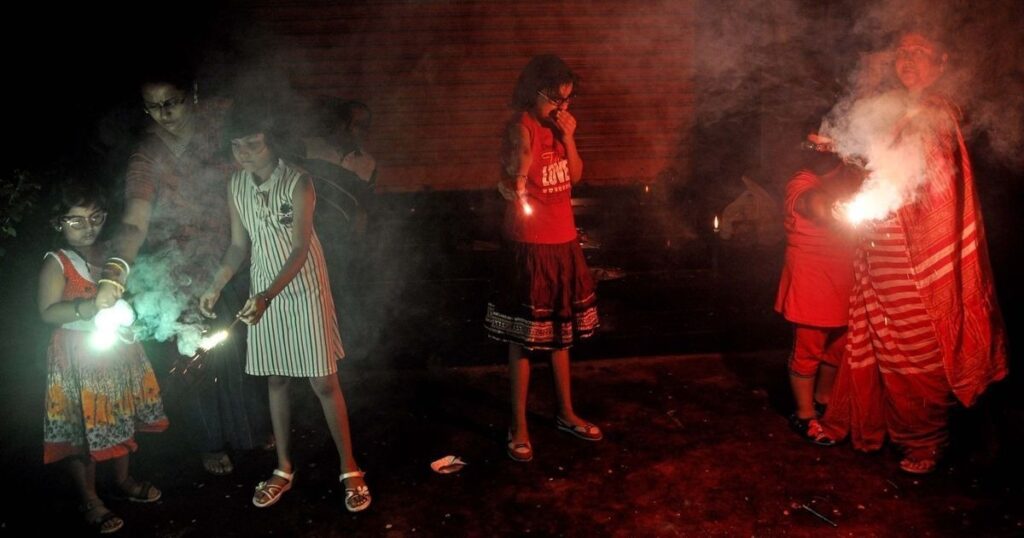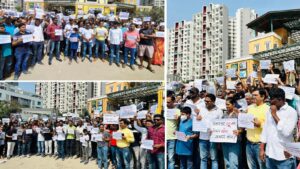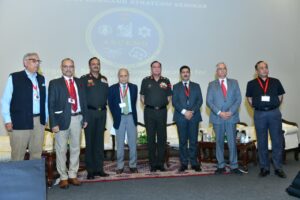Toxic Smoke From Firecrackers Causes Respiratory Distress: Caution Advised For Sensitive Patients

Toxic Smoke From Firecrackers Causes Respiratory Distress: Caution Advised For Sensitive Patients
The festive Diwali season sees a significant rise in air pollution due to firecrackers, which release nitrogen dioxide and sulfur dioxide into the air. This toxic smoke can cause severe respiratory issues, particularly for those with pre-existing respiratory conditions, who may experience prolonged complications. Health experts have advised special care during this period to mitigate health risks.
Firecrackers, mostly set off in the evening until late at night, raise harmful gas levels between 7 PM and 1 AM. With limited ventilation in residential complexes, the smoke lingers in the air, posing risks to people exposed for extended periods. Immediate effects include coughing, chest tightness, and throat irritation. Hospitals have reported a rise in cases of asthma and other respiratory ailments following Diwali, especially among children and the elderly, who are more vulnerable to polluted air due to lower immunity.
Precautions Needed:
– People with respiratory issues should avoid exposure to firecracker smoke.
– Use masks for protection against smoke.
– Opt for eco-friendly firecrackers that produce less smoke.
– Take extra care of young children and senior citizens.
– Avoid burning incense or candles indoors if prone to respiratory conditions.








